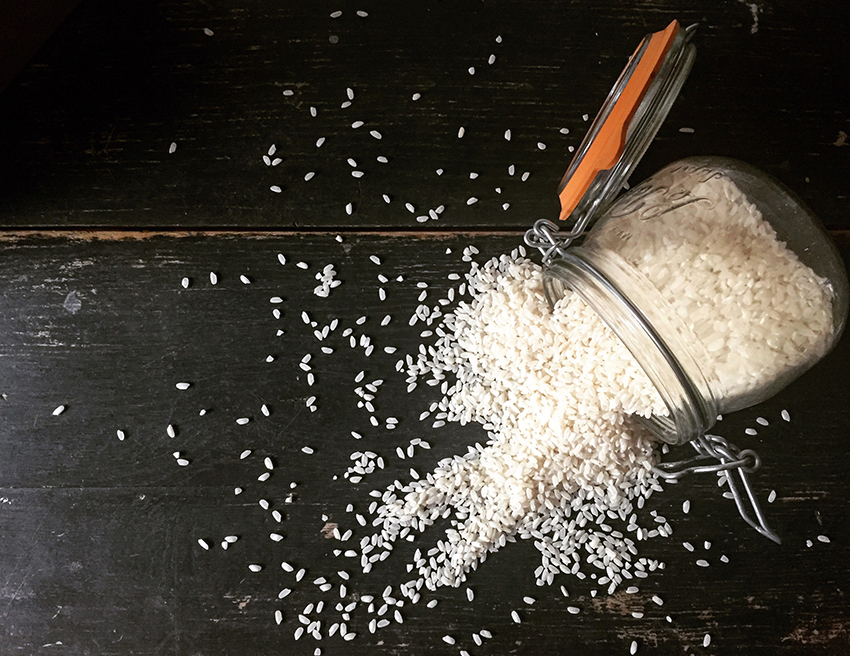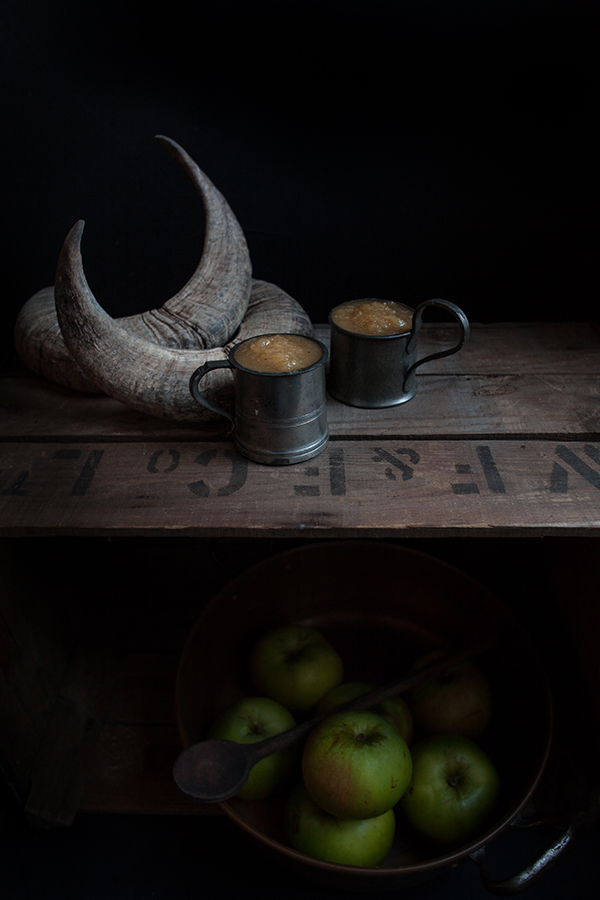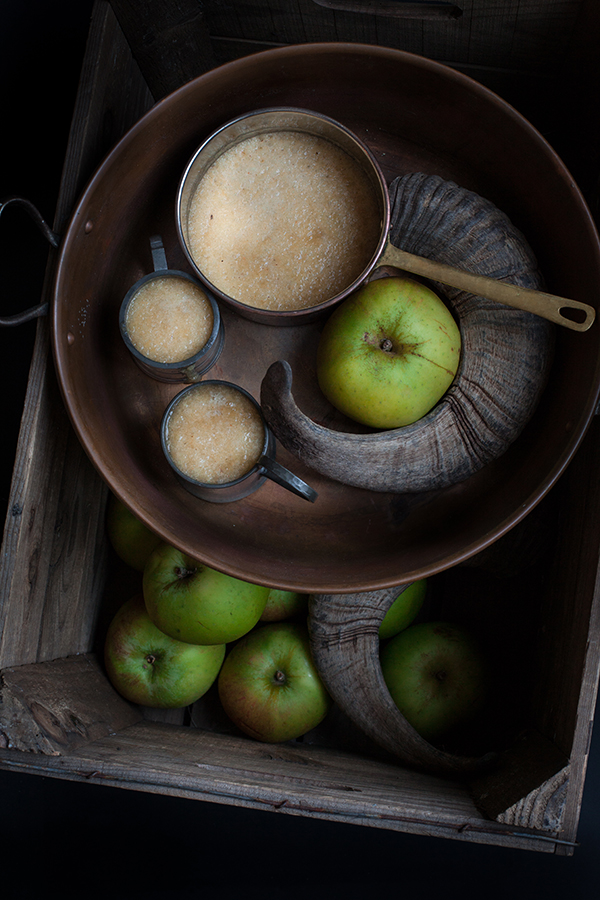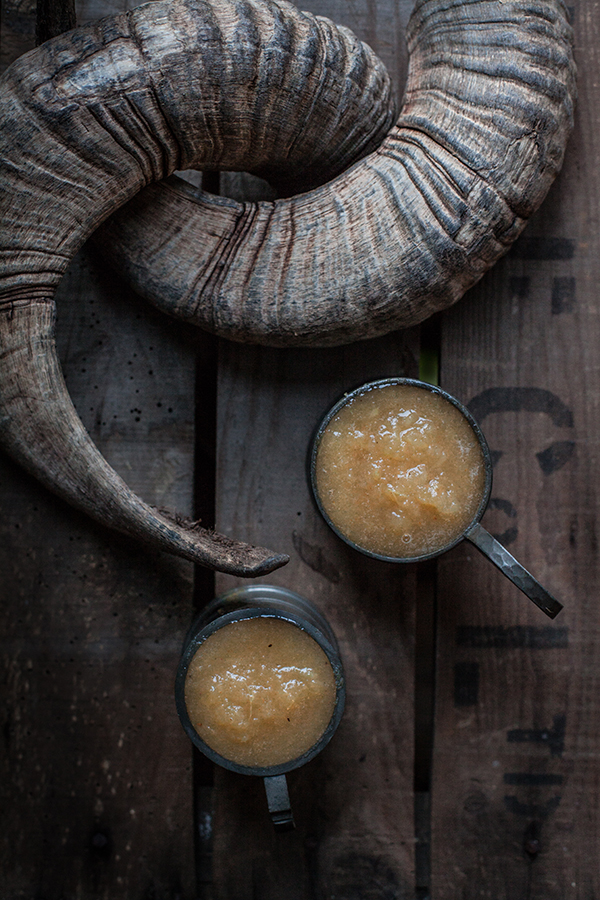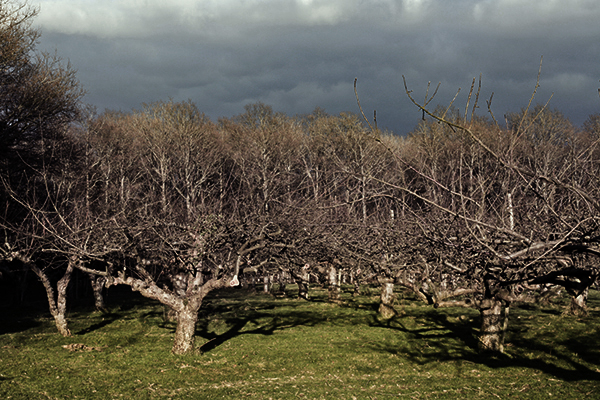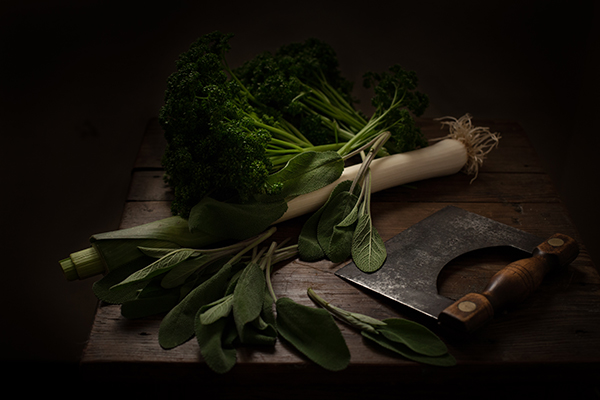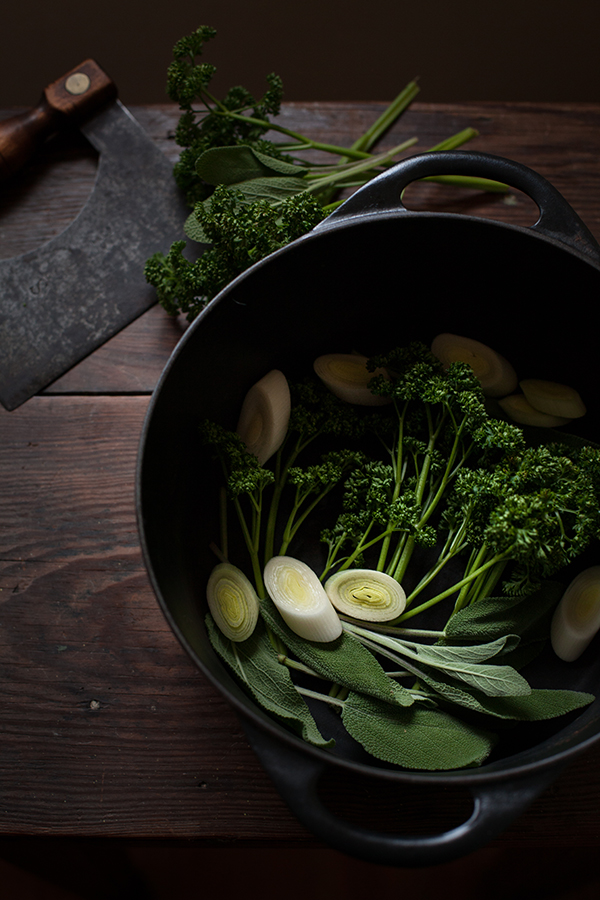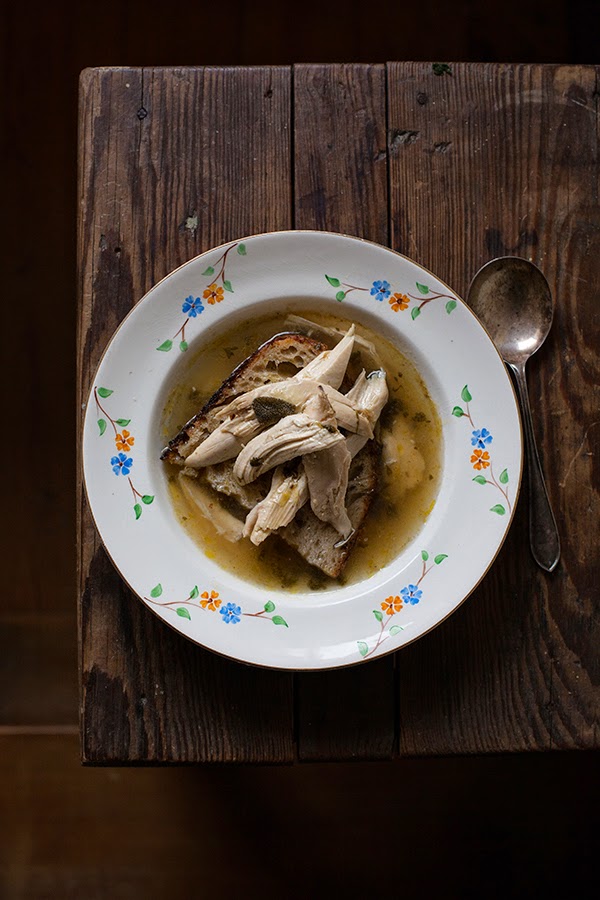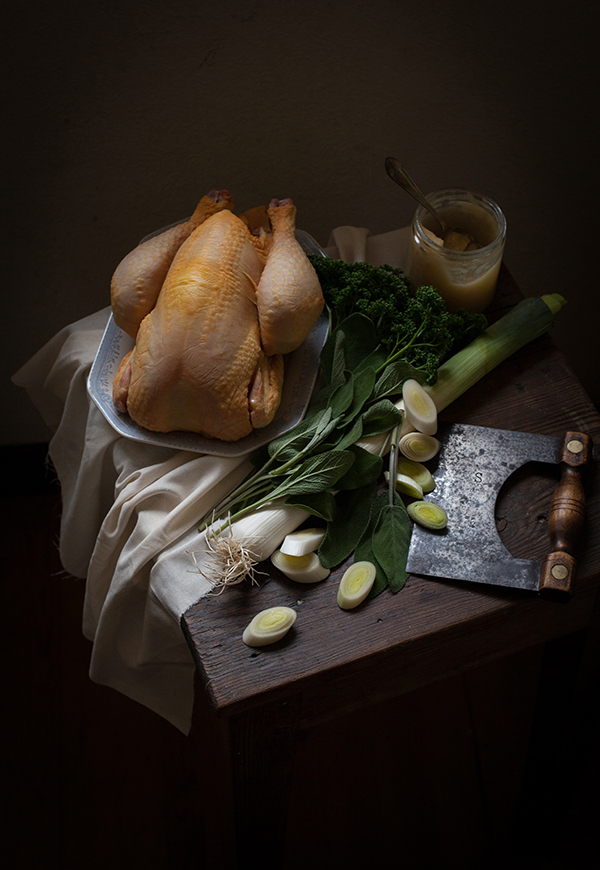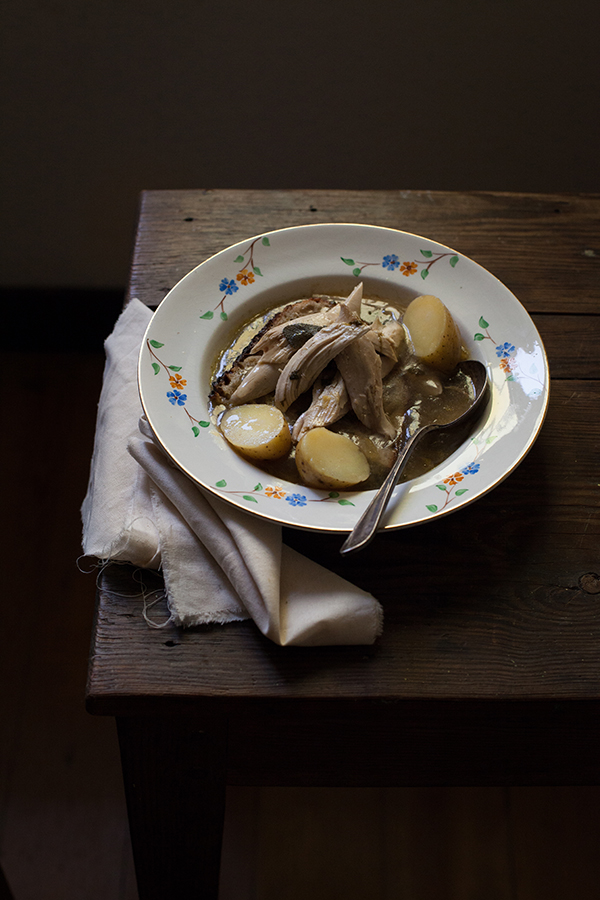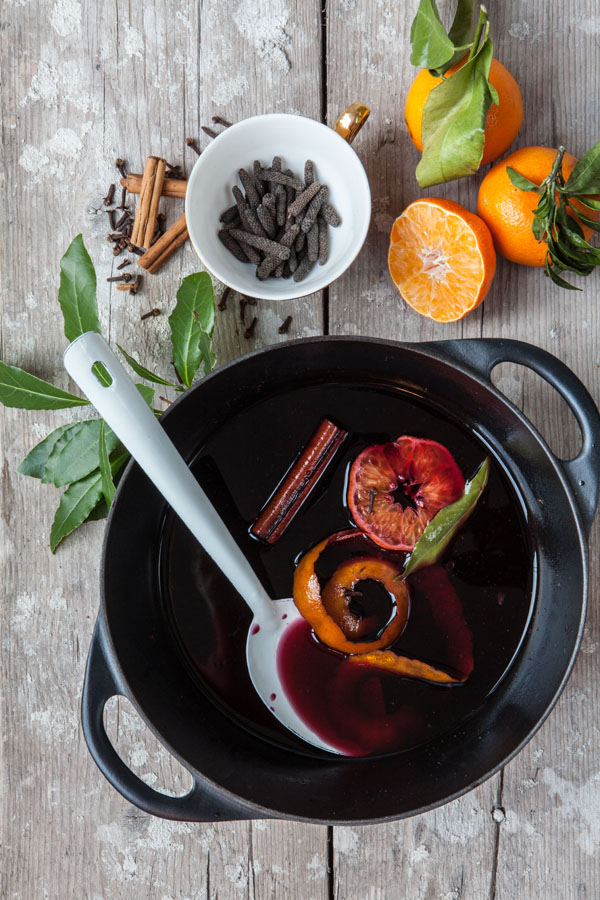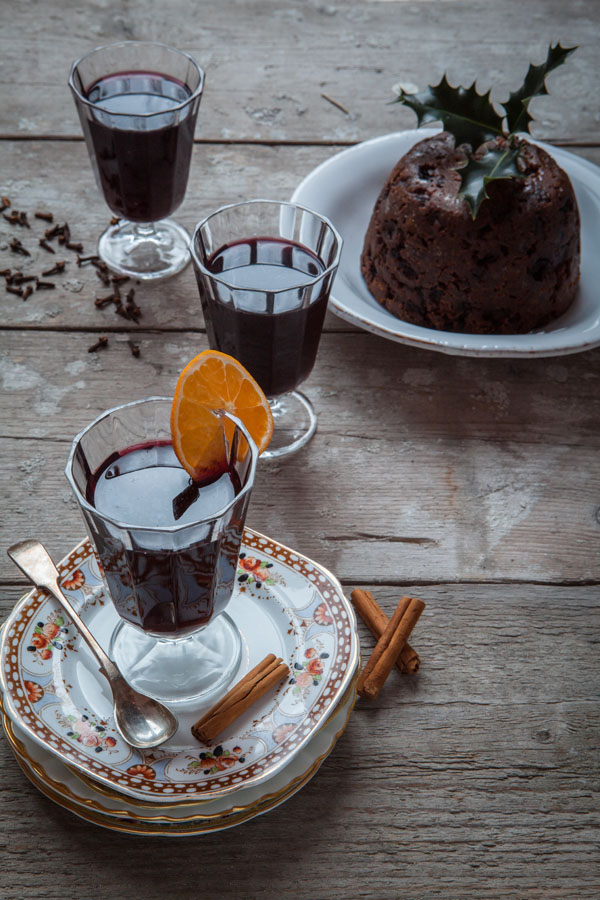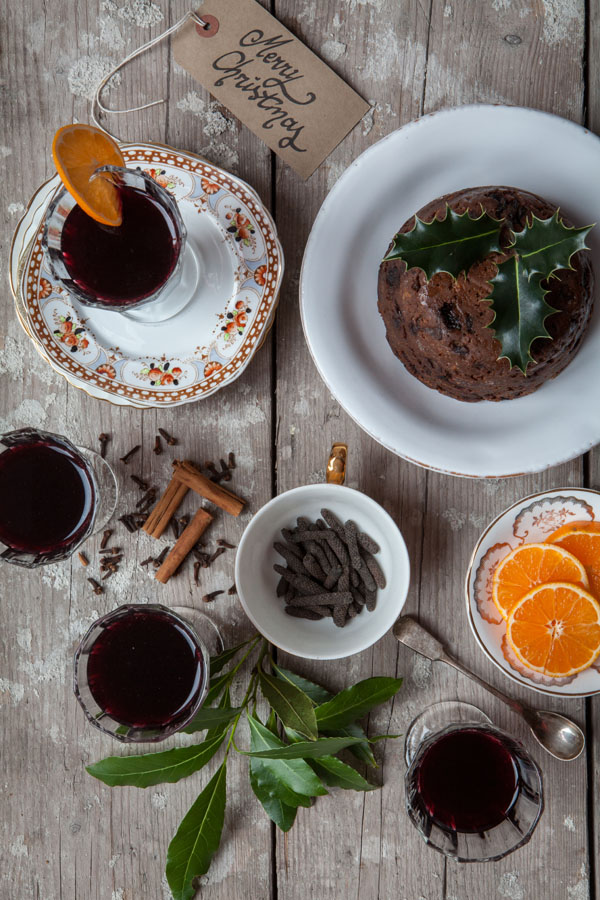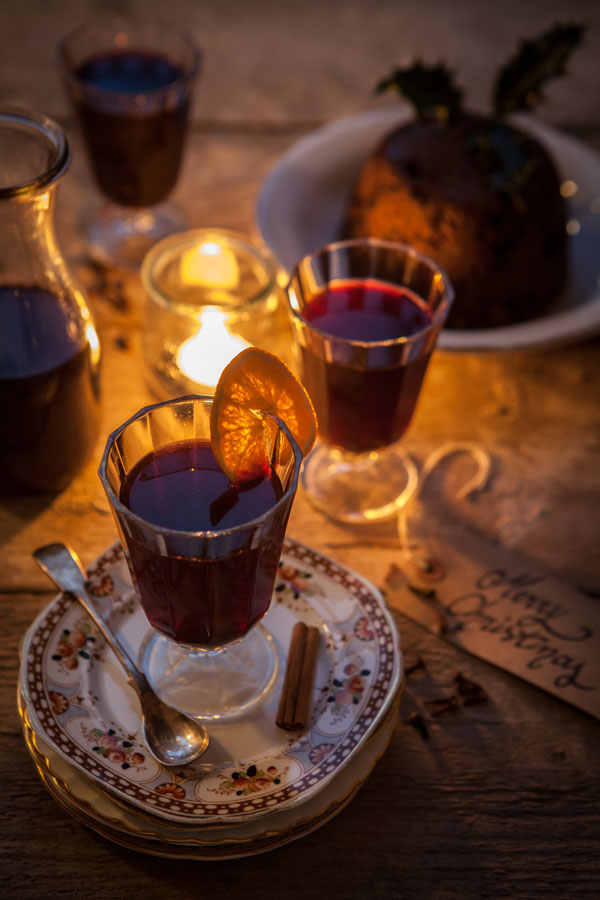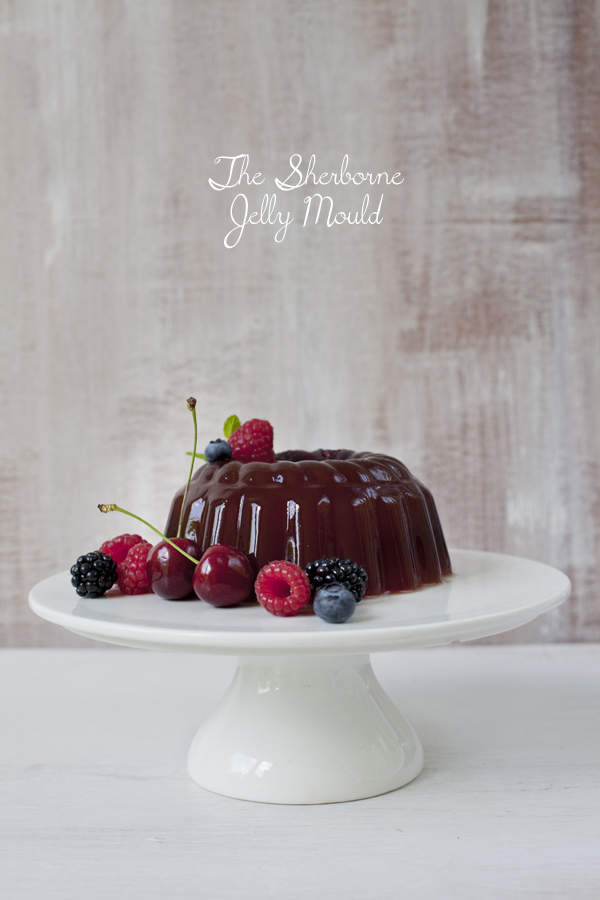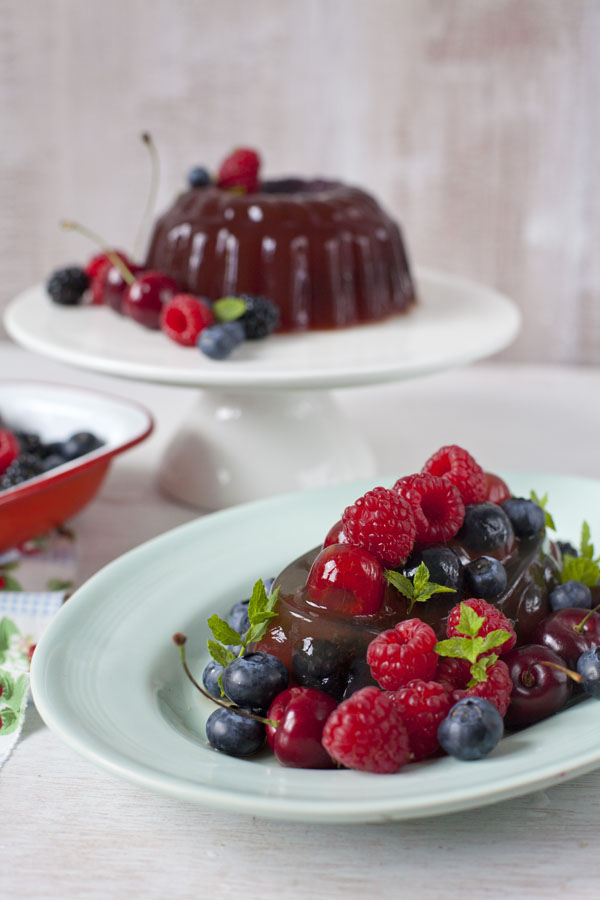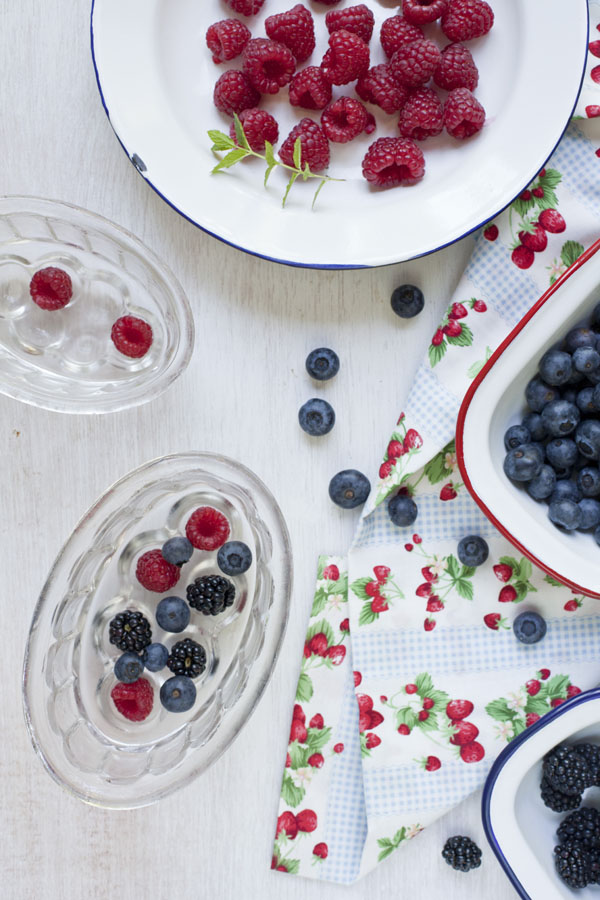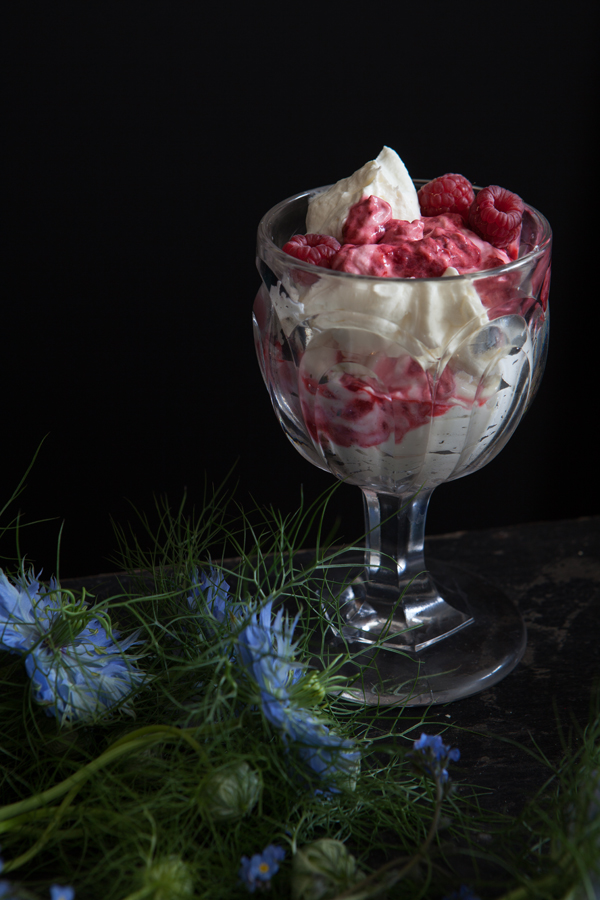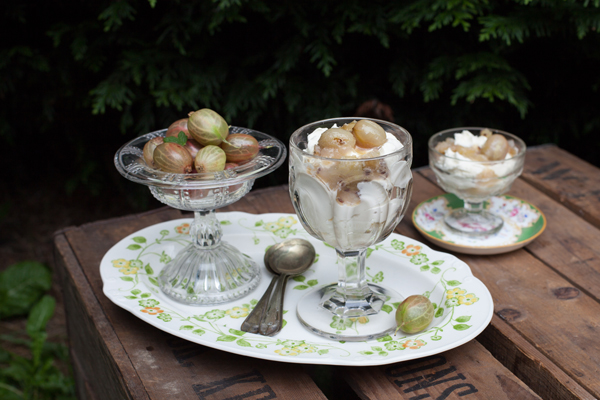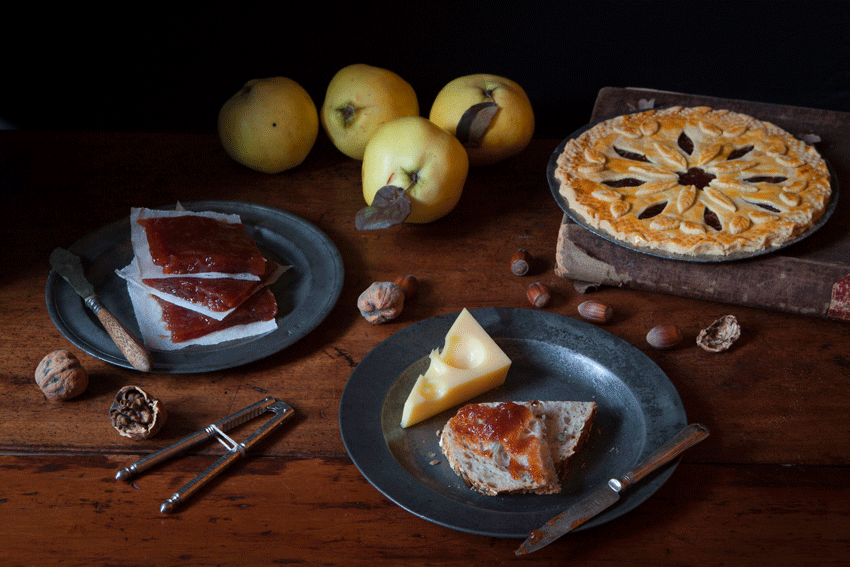 I’m not the biggest fan of sweet desserts after mains, I prefer an afternoon tea where the treats become the star of the show. That way you can enjoy them to the full and they do not become that thing you eat last when you’re actually too full to enjoy it. For an afternoon tea you can dress up, wear a hat, and pretend to be a lady of good breeding. Drinking tea with your pinky in the air, back straight, having polite conversations and enjoying the experience of eating from fine bone china. I’m also a sucker for a multi-tiered cake stand, and for clotted cream – lots of it.
I’m not the biggest fan of sweet desserts after mains, I prefer an afternoon tea where the treats become the star of the show. That way you can enjoy them to the full and they do not become that thing you eat last when you’re actually too full to enjoy it. For an afternoon tea you can dress up, wear a hat, and pretend to be a lady of good breeding. Drinking tea with your pinky in the air, back straight, having polite conversations and enjoying the experience of eating from fine bone china. I’m also a sucker for a multi-tiered cake stand, and for clotted cream – lots of it.
Cheese and biscuits are my choice of afters and with a decent fruit cheese and port this quickly becomes my perfect kind of dessert.
Fruit cheeses are reduced jams or pastes. Centuries ago they were served after dinner as a digestive and they were often prescribed by apothecaries to cure minor ailments. The fruit paste was often pressed in a mould with fancy engravings and could look rather stunning. Moulds of this sort are rare to come by, I only know one person who has a mould and I believe he even carved it himself.
Although fruit cheeses should be thick and hold their shape, they should still be spreadable. You can make them into small cake trays for a nice shape or just in a large tray, you can then cut squares of the fruit cheese to wrap them and keep them. They are the most delectable accompaniment to blue cheese, but they can also be eaten all on their own, as a sweetie. A nice idea if you want to know what your child puts in its mouth, factory made sweets can contain all sorts of horrible additives. But it’s still sugar, make no mistake, to call it healthy would be wrong, but eaten and treated as a treat it is just fine.
My favourite fruit cheese is made of Quince. Quince are usually cooked and conserved. They look like otherworldly lanterns, large yellow pears with a strange downy covering. Raw they are considered quite unpalatable because of their tartness, but they are high in pectin which makes them ideal for making jams, jellies and fruit cheese. The pectin is most strong in the pips of the fruit, often ground up pips would be used to set other jelly like creations. But this is something I would not recommend you do as the seeds contain nitriles which turns poisonous when it comes in contact with your guts enzymes and acid. A few pips from your batch of quince are fine, just don’t chuck in a jar of ground up pips.
Quince and quince cheese was popular all over Europe since Medieval times. In Spain they call it ‘Membrillo’, in Italy ‘cotognata’ from the Italian word for quince ‘mele cotogne’ quince apple, the French call it ‘cotignac’ or ‘paté de coing’ from the French ‘coing’ for quince. Quinces are responsible for the word marmalade as their Portuguese word is ‘marmelo’ and they were made into fruit cheeses named marmalades. …

